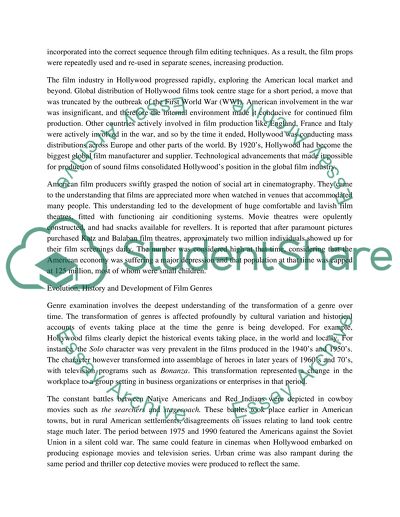Cite this document
(“Development of film through 20th and into the 21st Century Essay - 1”, n.d.)
Development of film through 20th and into the 21st Century Essay - 1. Retrieved from https://studentshare.org/visual-arts-film-studies/1690742-development-of-film-through-20th-and-into-the-21st-century
Development of film through 20th and into the 21st Century Essay - 1. Retrieved from https://studentshare.org/visual-arts-film-studies/1690742-development-of-film-through-20th-and-into-the-21st-century
(Development of Film through 20th and into the 21st Century Essay - 1)
Development of Film through 20th and into the 21st Century Essay - 1. https://studentshare.org/visual-arts-film-studies/1690742-development-of-film-through-20th-and-into-the-21st-century.
Development of Film through 20th and into the 21st Century Essay - 1. https://studentshare.org/visual-arts-film-studies/1690742-development-of-film-through-20th-and-into-the-21st-century.
“Development of Film through 20th and into the 21st Century Essay - 1”, n.d. https://studentshare.org/visual-arts-film-studies/1690742-development-of-film-through-20th-and-into-the-21st-century.


